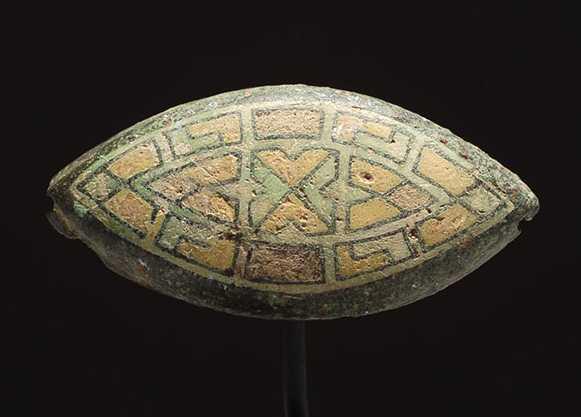Positioning and Marketing
Positioning and Marketing meant establishing a niche in the marketplace for a product that is finding a unique position for your product in a crowded field, so the product’s purpose will fit comparatively few people’s needs instead of trying to be all things to everyone.

In Positioning and Marketing, Ancient wine merchants were smart marketers. Just as American beer importers do today, ancient merchants understood the value of a product labeled “import.” An ad for a tavern in Pompeii read in part as, “If you will have given the sum of two asses, you will drink better wines; if you will have paid four, you will drink Falernian wines.”
Services
Like products, competition for the consumer services was fierce. People had a choice of where to go for baths, drinking, dining, lodging, and banking. In Pompeii alone, at least 1,300 shops have been discovered, along with 30 inns.
Advertising for bars, restaurants, and hotels was generally limited to shop signs, although at least one example exists of a sign located on the way to the amphitheater, suggesting that patrons stop by after the show. While some signs were rather straightforward, many used beautiful illustrations and persuasive words.
One innkeeper’s sign read Hospitium: hic Locator triclinium cum Tribus lectins et commodes omnibus, or “Inn: here is located a dining room with three couches and all conveniences.” At the cloth factory and salesroom of M. Vecilius Verecundus was a lovely sign showing the entire cloth making process.
A carved relief at a butcher shop in Ostia shows the scales used to weigh meat. At a gambling house in Pompeii, a stone relief was painted with four phalli in red and a grey dice beaker against the dark background.
Popular Entertainment
The two most popular forms of entertainment during the Roman Empire were public games and plays. Particularly good examples exist of ads for the games. There is even evidence of programs or libelous, along with paintings of toga-clad men reading the advertisements for upcoming shows — the Roman equivalent of a newspaper’s entertainment listings. In addition to the number and kinds of combats, promoters advertised special inducements.
Political Advertising
There have been numerous examples of Roman political advertising because the eruption of Mount Vesuvius took place while many election “posters” were still up. More than 1,600 election advertisements supporting more than 100 different candidates have been found in Pompeii.
Some election advertisements had no sponsor: P FVR II V VB O VF Was the abbreviation for “Publium Furium duumvirum, virum bonum, oro vos, facite,” translated as: “Make Publius Furius duumvir, I beg of you; he’s a good man.” Others were sponsored by a business, group, or private citizen. M. Holconium Priscum II vir, i.d. pomari universi cum Helvio Vestale rog. translates as “All the fruit sellers, together with Helvius Vestalis, urge the election of M. Holconium Priscus as duumvir with judicial authority.”




